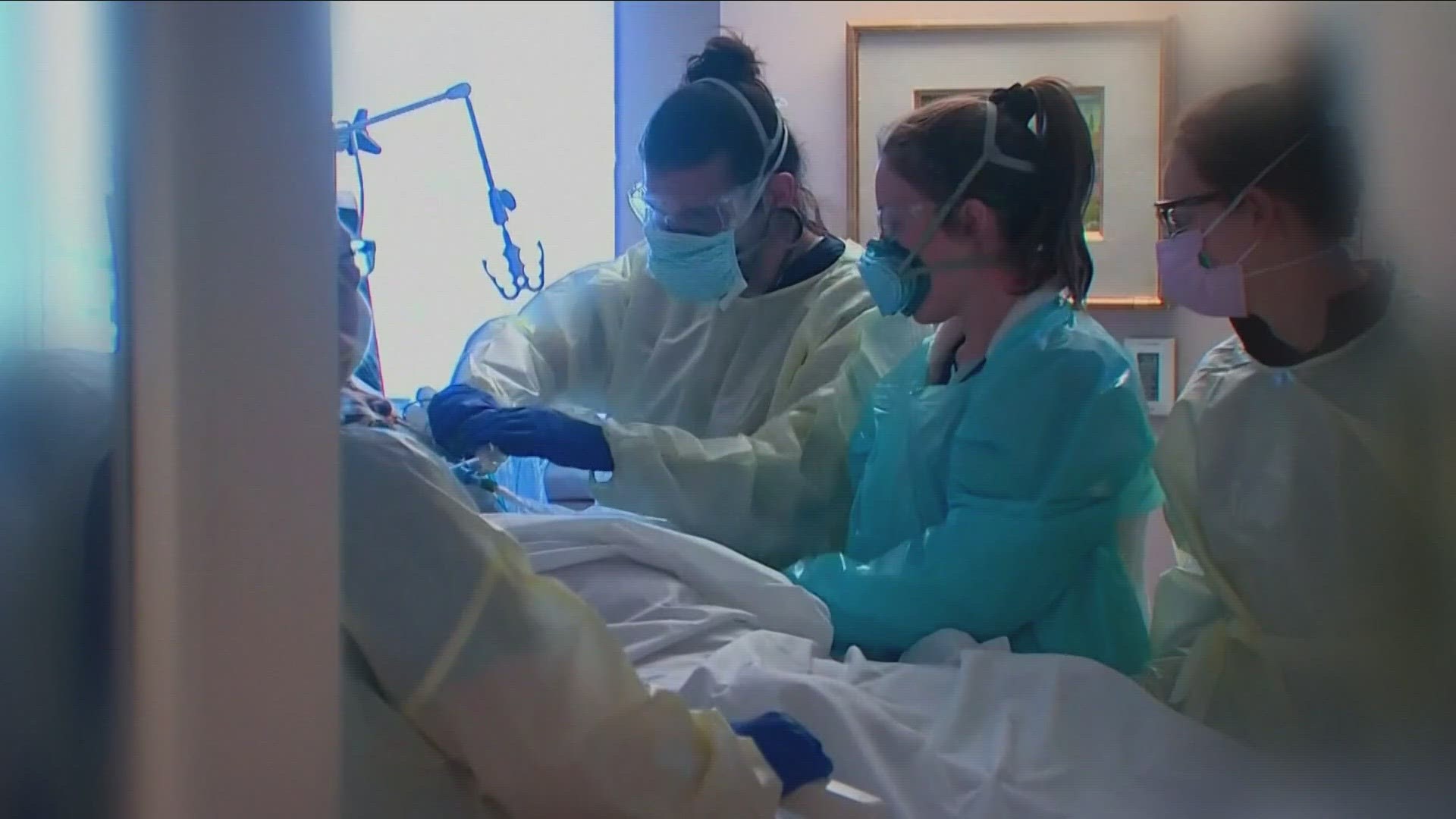BUFFALO, N.Y. — There are now more challenges to help train the next generation of registered nurses who are badly needed for hospitals and other health care facilities in Western New York.
That's because they require more advanced medical training to handle more management roles and more complex patient care duties.
2 On Your Side spoke with the dean of University at Buffalo's School of Nursing about the situation.
We have heard that COVD took its toll on the ranks of dedicated registered nurses serving in our hospitals. There are estimates that over 100,000 have left that health care career. Some health care experts say that is the worst drop in the nursing field in the past four decades.
They also point over 40 percent of registered nurses nationwide are approaching retirement age and will have to be replaced.
Last fall Gov. Kathy Hochul and the state launched a recruitment rescue plan of scholarships for 1,000 new registered nurses to help fill some of that looming gap. This past spring she said "this will help clear the logjam, expedite training, and deliver an influx of nurses. They're needed right now."
The UB School of Nursing is obviously part of that lofty goal. They have over 300 enrolled in the specific Registered Nurse program which in New York state requires a four year BS baccalaureate degree within ten years. There is about another 200 in the specialized Nurse Practitioner program.
There is a significant hindrance, though, as we learned from UB School of Nursing Dean, Annette Wysocki.
"It's helping to try to create a surge into the workforce to meet most immediate needs," Wysocki said. "So some of these programs again trying to create that. But then it's also, again, we don't always have the faculty to support some of these initiatives right now."
Dean Wysocki then explained why this shortage of nursing school professors has occurred.
"We have had a huge retirement, so we have about a 20 percent vacancy rate in our faculty positions," Wysocki said. "So that's having a huge impact on trying to educate because we can't accept more students, because we also have to safely supervise them as they're becoming nurses, either entry-level practitioners, registered nurses, or as advanced practice nurse for nurse practitioners."
The other complication is that those nurses in training require clinical rotations, such as internships in hospital settings.
"Because there's not enough staff in the hospital and enough experienced staff. Then there's not the ability to provide clinical placements for students in the clinical arena," Wysocki said.
These increased simulation training programs, which we have shown you and which the state has approved, can help to ease that lack of supervision.
Wysocki says there has also been a greater focus on a partnership with Erie County Medical Center and Kaleida Health to open up more clinical rotations, "so that's helped us now to move forward with our clinical placement."
But Dean Wysocki adds that when it comes to graduate degree education for nurses to help them become nursing school professors to in turn train more nurses, the federal government actually provides a vast amount of more such funding to medical schools for assisting doctors with graduate studies.
Wysocki says surveys show that nurses actually account for 86 percent of face to face interaction with patients.

